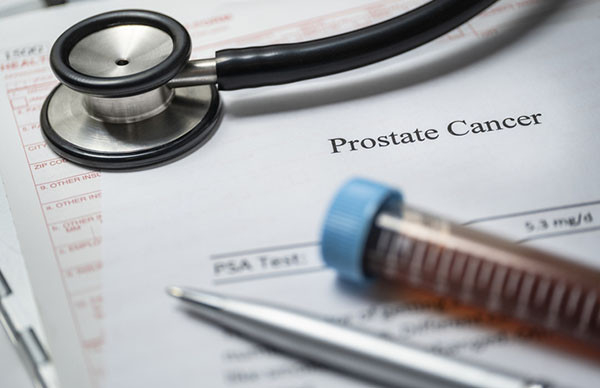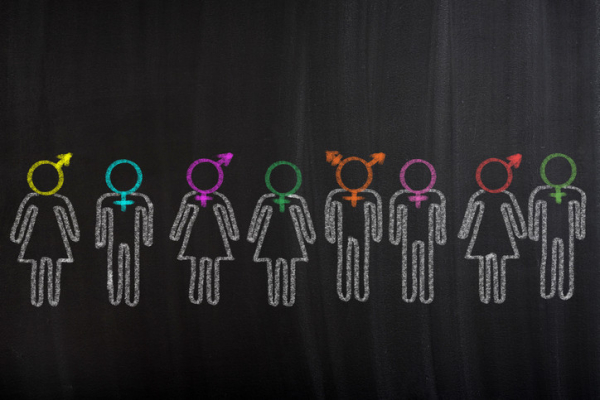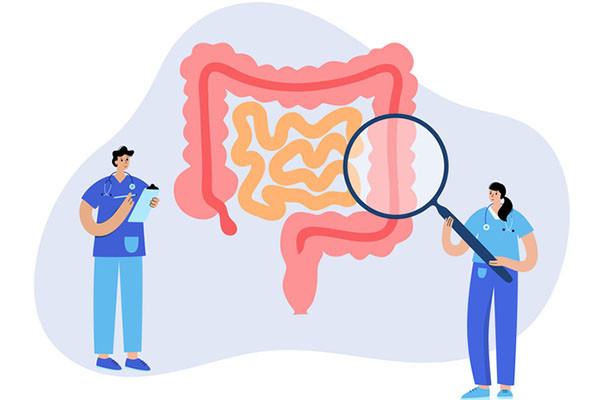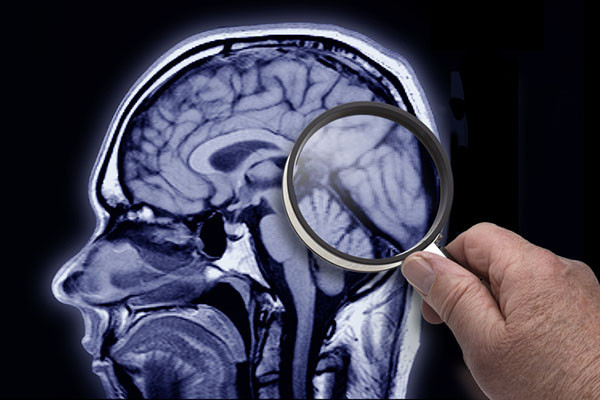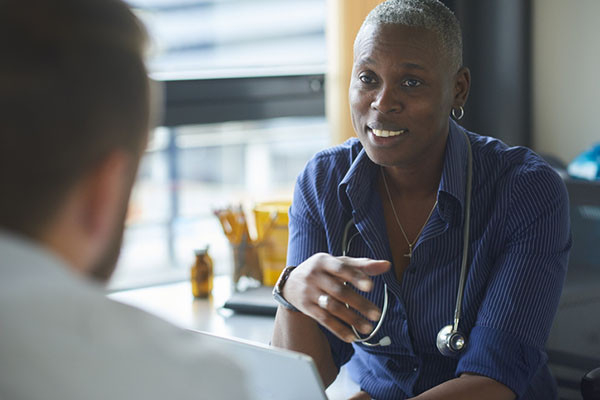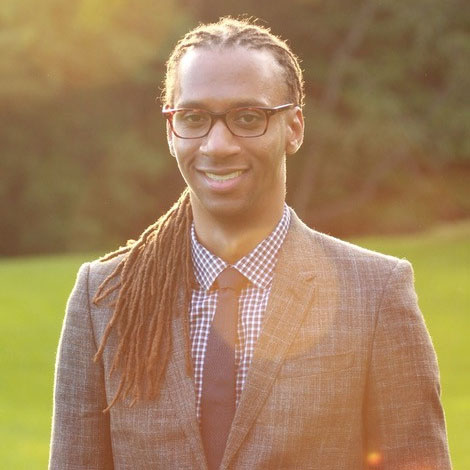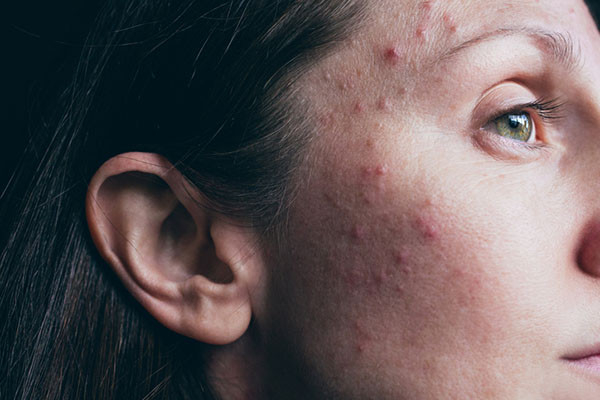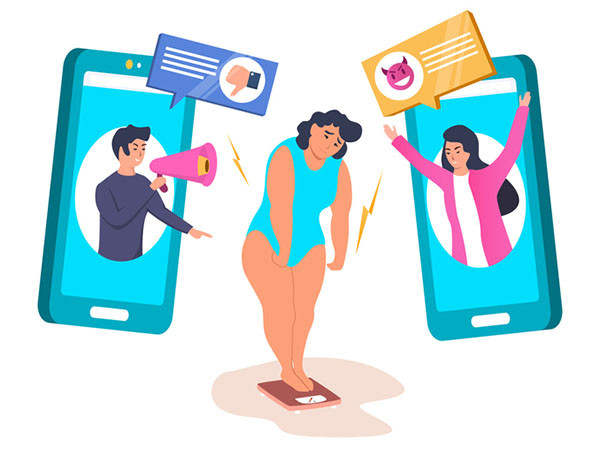
Weight stigma, as defined in a recent BioMed Central article, is the “social rejection and devaluation that accrues to those who do not comply with prevailing social norms of adequate body weight and shape.” Put simply, weight stigma is a form of discrimination based on a person’s body weight.
The authors of this article assert that weight stigma can trigger changes in the body, such as increased cortisol levels, that lead to poor metabolic health and increased weight gain. In addition, those with higher body weight may cope with weight stigma by increasing alcohol and substance use, overeating to deal with negative emotions, and avoiding health care settings or social encounters. The subsequent negative health outcomes are a result of what they call chronic social stress, and studies have found the harmful effects of weight discrimination resulted in a 60% increased risk of death, even when body mass index (BMI) was controlled for.
What can be done to combat weight stigma?
There are many ways to address weight stigma. The first is to acknowledge that it exists, since we cannot combat something if we do not first acknowledge it.
Another step we can take is to make changes in the way we think and speak about people who have excess weight. One important way to do this is to remove the word “obese” from our vocabularies. When referring to someone who has excess weight, we should aim to keep in mind that they are a person with a disease, and strive to identify them as a person instead of as the disease they have. For example, the phrase “person with obesity” should be used instead of “obese person.” This way of speaking is called using person-first language.
Addressing weight stigma in health care settings
The health care setting is one in which weight stigma is particularly rampant, leading to significant health consequences for people with overweight or obesity. Studies have shown that physicians show strong anti-fat bias in health care situations. This bias results in reduced quality of care, and is yet another way in which weight stigma contributes to poor health in people with overweight and obesity.
Just as in everyday situations, there are many ways to address stigma in health care settings. Clinicians should of course follow the same recommendations as above, to acknowledge the existence of weight stigma and strive to use person-first language in their speech and medical documentation.
In addition, dispensing with the standard cookie-cutter advice to eat less and exercise more to lose weight would be of great benefit to patients. This type of advice doesn’t take into account the many environmental, genetic, and physiologic causes of obesity, and puts blame on the patient as the sole cause and contributor of their obesity.
Clinicians should also take care not to assume a patient with obesity is automatically engaging in overeating behaviors, and should believe their patients’ reports of dietary intake and physical activity. The clinical visit should be focused on information gathering and understanding of a patient's particular situation. Referral to an obesity specialist may be warranted if the clinician is not comfortable with discussing or prescribing different treatment options.
It is of utmost importance for patients with obesity to seek care from compassionate and knowledgeable health care providers, to optimize the quality of their care and reduce the negative effects of weight bias.
Where to go for more information and resources
The following organizations have plenty of information and resources for both patients and health care providers to learn more about obesity as a disease and how to combat weight stigma.
The Obesity Action Coalition is an organization that works to help individuals with obesity improve their health through education, advocacy, awareness, and support.
The Obesity Medicine Association has a search tool to find a clinician who is board-certified in obesity medicine within a specific geographic area.
The American Society for Metabolic and Bariatric Surgery has information for those with severe obesity, or with milder obesity and other medical complications, who are interested in bariatric surgery.
About the Author

Chika Anekwe, MD, MPH, Contributor
Chika V. Anekwe, MD, MPH is an obesity medicine physician at Massachusetts General Hospital (MGH) Weight Center and Instructor in Medicine at Harvard Medical School (HMS). Her professional interests are in the areas of clinical nutrition, … See Full Bio View all posts by Chika Anekwe, MD, MPH

